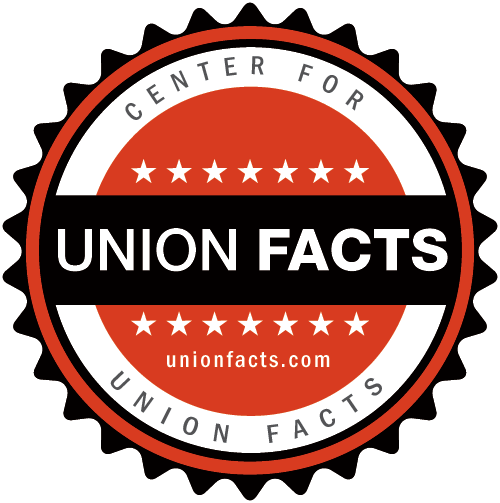Union Basics
What is the Railway Labor Act?
 The Railway Labor Act (RLA) is federal labor legislation that applies to rail companies and airlines. Most other private-sector unions are under the jurisdiction of the National Labor Relations Act (NLRA). The RLA was designed to discourage labor strikes and lockouts in the transportation sector, which could cripple the nation’s economy. One railyard or switching station strike could halt the flow of commerce for an entire region. These concerns led Congress to pass a distinct set of labor rules just for interstate carriers that would encourage mediation and arbitration in order to settle labor disputes without disrupting interstate commerce.
The Railway Labor Act (RLA) is federal labor legislation that applies to rail companies and airlines. Most other private-sector unions are under the jurisdiction of the National Labor Relations Act (NLRA). The RLA was designed to discourage labor strikes and lockouts in the transportation sector, which could cripple the nation’s economy. One railyard or switching station strike could halt the flow of commerce for an entire region. These concerns led Congress to pass a distinct set of labor rules just for interstate carriers that would encourage mediation and arbitration in order to settle labor disputes without disrupting interstate commerce.
In 1934, the RLA was amended to guarantee the right of workers to unionize. These rights were balanced with the risk of interrupting interstate commerce. The RLA has several defining characteristics:
- Unions may only be formed by the same “craft or class” of employees, and the vote must take place across the entire company, not just “local” unionization. For example, all locomotive engineers who are employees of a company are one class. This differs from an NLRA model where all locomotive engineers, yardmen, dispatchers, and signalmen of one railyard would constitute a group of eligible employees.
- The RLA encourages uniform bargaining agreements that are essential due to the interstate nature of railroad companies.
- The National Mediation Board (NMB), not the National Labor Relations Board (NLRB) handles all disputes and rulemaking for the companies and employees covered by the RLA.
- Union voting procedures from 1935 until 2010:
- The NMB holds the power to recognize and certify a duly elected representative of those employees. The NMB does so by requiring an election.
- The NMB certifies a “craft or class” of employees eligible to vote in the election, as noted above.
- Ballots listed the names of the potential unions that employees could choose. The union that received a majority of the votes would be the exclusive representative of the employees. If no representative received a majority, a runoff election of the top two choices would be held.
- A majority of eligible voters needed to participate in the election. This was done for the purposes of stability. If only a minority of employees voted for a union to represent all of them, there was a good chance that this could change frequently.
- Anyone not participating in the election effectively casted a vote against unionization. There was not a choice for “no union” on the ballot.
In 2010 the NMB changed these 75 year old rules:
- Now, a majority of eligible voters are not required to make it a valid election. This means that a minority of union members can elect an exclusive representative for the entire group.
- There is a “no union” choice on the ballot.
- Non-voting members are considered to have abstained and their numbers are not counted towards the determination of a “majority vote.” Instead, the NMB recognizes the winner of the majority of votes cast.
The original intent of the RLA was to balance the rights of employees to unionize and collectively bargain with ensuring that the nation’s interstate travel would not be interrupted by strikes or lockouts in the event of labor disputes. Although the RLA still encourages arbitration and mediation, a union that does not have the consent of the majority cannot properly represent the employees. A major disruption in the rail or airline industries could have devastating effects on the U.S. economy.

